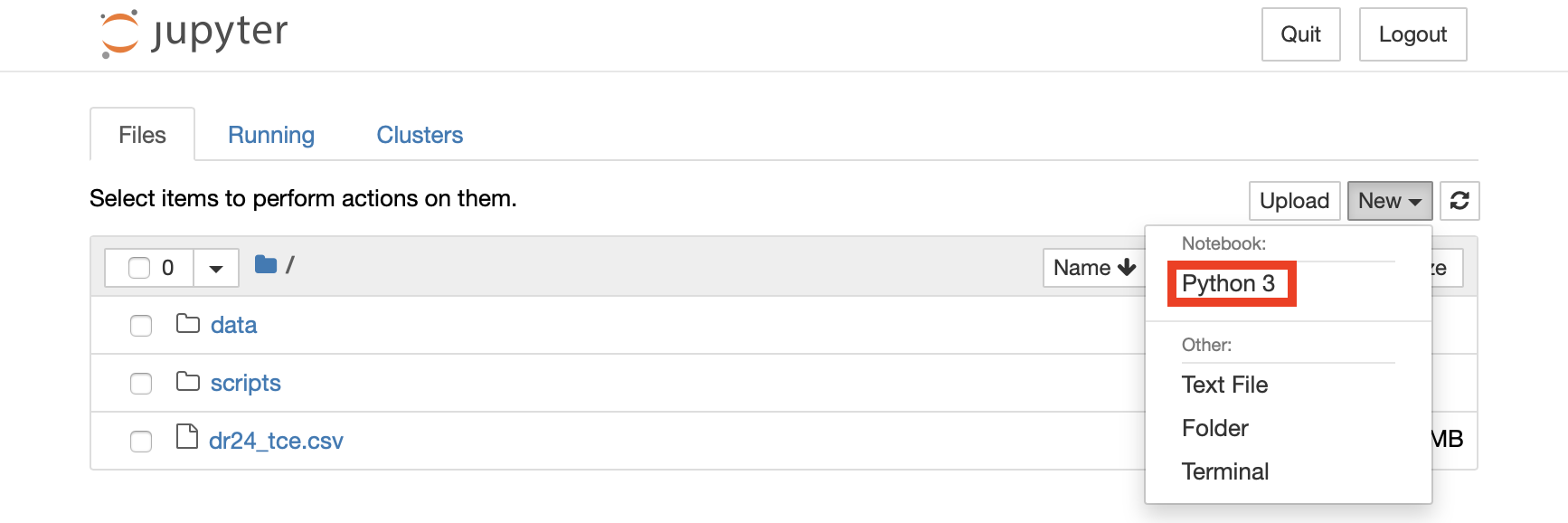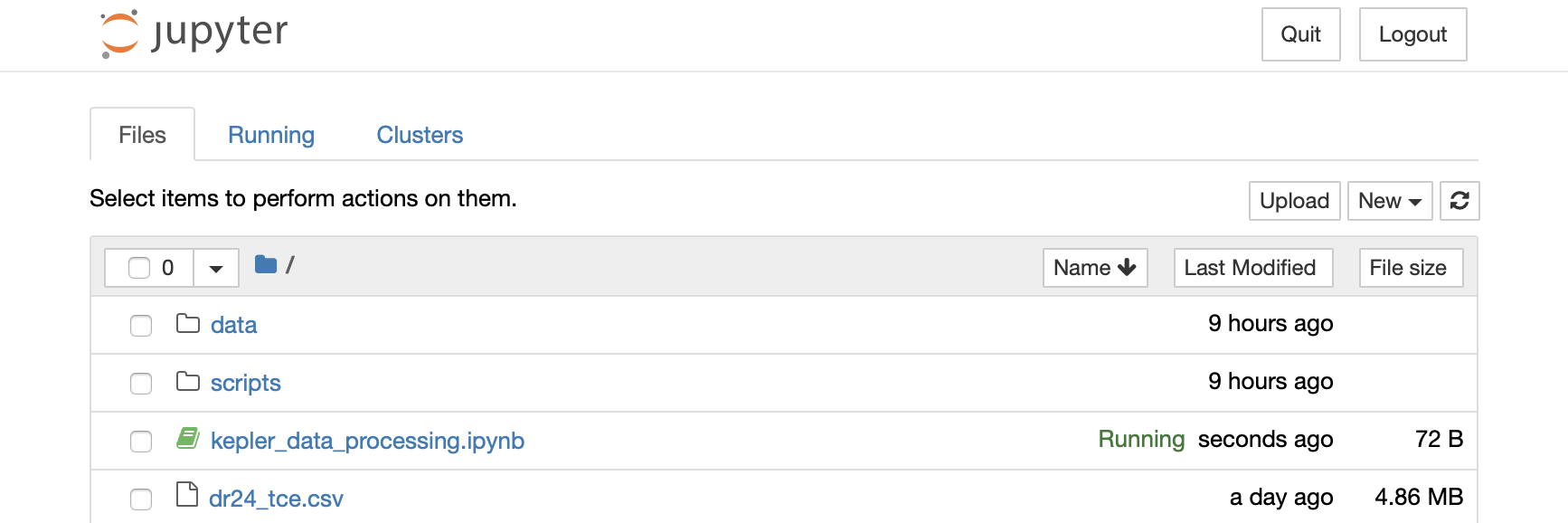Kepler: Part 2 - Data Processing and EDA
This is Part 2 of a series in which we work with data from the Kepler Space Telescope. Here, we learn how to use the Python package Lightkurve to manipulate our data and embark on some exploratory data analysis (EDA).
If you haven’t already, read Kepler: Part 1 - Data Acquisition.
Before we begin writing any code, let’s work out a plan for how we will proceed. We want to
- Open the CSV file and extract the TCE data/parameters
- Open all FITS files and extract the light curve data
Environment
If you don’t already have Python and Jupyter Notebooks, I suggest using the Anaconda distribution of Python. It includes many useful libraries for scientific computing and allows us to easily create environments for our projects. Specifically, I will be using
- Python 3.6.8
- conda 4.6.14
- macOS 10.14.3
We will now set up our environment.
If you have Anaconda installed
Open Terminal and navigate to your kepler directory from Part 1. Substitute my filepath for yours.
cd /Users/antonio/keplerCreate and activate an environment called kpy
conda create -n kpy python=3.6conda activate kpyInstall the packages
conda install pandas numpy matplotlib jupyterconda install --channel conda-forge lightkurveLaunch Jupyter Notebooks
jupyter notebookCreate a new Python 3 notebook

Rename it to ‘kepler_data_processing’ and make sure it is running.

If you do not have Anaconda installed
You will have to emulate the steps above using your preferred method for environment control and package installation, such as pip. Ensure that you install the same packages, as those will all be used below.
pip install pandas numpy matplotlib jupyter lightkurveData Processing
Now that our environment is setup, we can begin with the plan we outlined above. We will create a function for every task so that we have a modular system. This also has the benefit of allowing us to quickly test and edit every part.
We begin by importing the libraries we will use.
## Packages to be used
import matplotlib.pyplot as plt
from random import shuffle
import lightkurve as lk
import pandas as pd
import numpy as np
import glob
import time
import sys
import osdef open_files(csv_file):
'''
The open_files function opens the csv and extracts the needed data.
Args:
csv_file: Should contain desired TCEs and parameters.
Required Parameter: kepid,
av_training_set,
tce_plnt_num,
tce_period,
tce_time0bk.
Returns:
tce_data: Panda DataFrame that has the parameters listed above.
'''
## Opening csv as tce_info using pandas
## This contains all metadata for all TCEs
tce_info = pd.read_csv(csv_file)
## Removing TCEs with label 'UNK'
tce_info = tce_info[tce_info.av_training_set != 'UNK']#.reset_index()
## Isolate AFP and NTP
not_pc = tce_info[tce_info['av_training_set'] != 'PC']
## Isolate all PCs
pc_only = all_of_it[tce_info['av_training_set'] == 'PC']
## Only keep TCE with tce_plnt_num == 1 and reset the index
pc_only = pc_only[pc_only.tce_plnt_num == 1].reset_index(drop = True)
## Add PCs back to full set
tce_info = pd.concat([pc_only, not_pc], ignore_index=True, sort=False)
## Shuffle the dataframe because all PCs are at the start
tce_info = tce_info.sample(frac=1).reset_index(drop=True)
## Extracting and combining kepids, periods, epochs into one DataFrame
tce_data = tce_info[['kepid',
'av_training_set',
'tce_plnt_num',
'tce_period',
'tce_time0bk']]
return tce_dataThis series is a work in progress. Progress ends here, for now.
